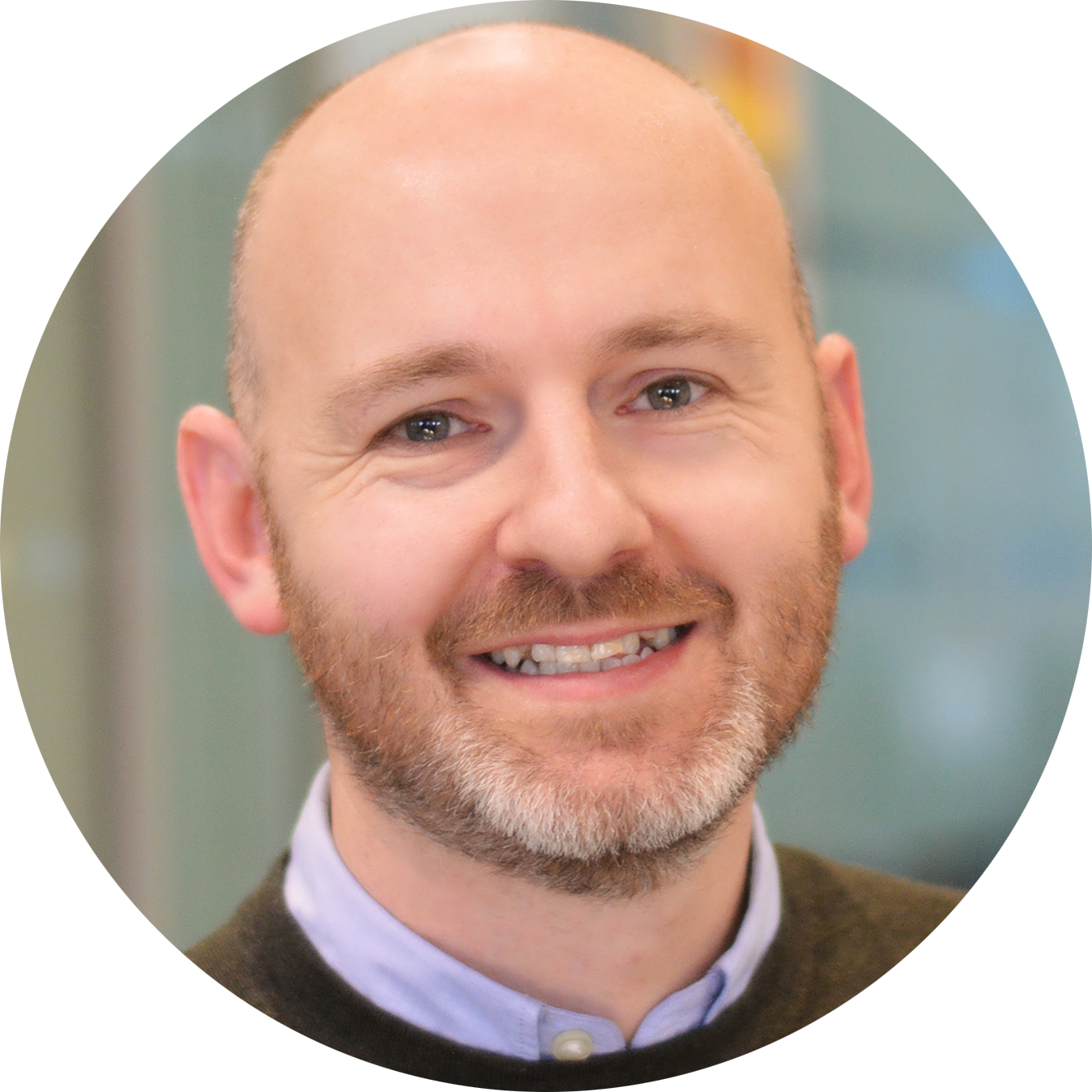Don’t let agile be the enemy of productivity
THE ARTICLES ON THESE PAGES ARE PRODUCED BY BUSINESS REPORTER, WHICH TAKES SOLE RESPONSIBILITY FOR THE CONTENTS


Daggerwing is a Business Reporter client
The pandemic has drastically increased the number of large organisations seeking to adopt agile practices. Agile transformation is being seen as the best way to accelerate ambitious strategies, use resources more effectively, and create an optimal employee experience in an increasingly virtual workplace.
But going agile within complex global businesses comes with risks to productivity and performance. And from the employee’s perspective, the transition can be messy, confusing, full of jargon and disruptive to the day-today.
There’s so much information out there to help organisations adopt agile – just glance at the amount of agile scaling frameworks available such as SAFe, Sas, Less, DA and SoS. But these frameworks often fail to adequately address the people side of change, which is a critical step to doing change right.
By focusing on the frameworks over the people who need to use them, there is the potential that agile becomes the enemy of productivity.
From my experience leading agile change, fixed mindsets are typically the biggest factor that get in the way of transformation success. Some of the most common can be traced back to cognitive biases that are simply human nature. These are biases that everyone experiences, whether you are the CEO or working on the manufacturing floor, and include:
- Egocentric bias: this is when people hold onto their own preconceptions of what agile is and resist the specific flavour of agility an organisation may want to embed. With this bias, one’s own point of view shapes one’s actions whilst disregarding outside influences, no matter how sensible they may be.
- Ambiguity effect: this is a person’s tendency to focus on agile tools and rituals, while neglecting the more valuable – but harder to visualize – mindset and behaviour changes. This highlights the inclination to avoid options that are ambiguous or uncertain in favour of the predictable and clear.
- Dunning-Kruger effect: this is observed when someone, often a leader, overestimates their agile capabilities and forges ahead, with damaging ramifications. This is a consequence of when a lack of knowledge and skills in a certain area causes a person to overestimate their own competence.
- Mere-exposure effect: this is seen when change leaders believe their agile transformation can be copied from a framework or previous experience, but then find what worked elsewhere won’t work within their unique organisational context. This is a manifestation of one’s tendency to defer to something experienced over the unfamiliar if given the choice.
The solution? Take a people-centric approach to agile adoption. Here’s how:
- Co-create what you mean by "agile" to dispel inhibiting preconceptions. The language you use really matters and influences mindsets and behaviours. Traditional agile language is loaded with baggage. Create clarity by taking a co-created approach to set and test your starting agile formula. Articulate and rigorously communicate what it is, and explicitly what it isn’t, to swerve avoidable resistance.
- Make it an ongoing learning experience for leaders and managers. These two groups have the most difficult leap of faith to take as they learn to become servants and curators of their agile organisation. Putting in place a tailored learning and coaching approach, where support can be offered in a safe environment, will help accelerate change. Letting go of control is not easy.
- Focus on the mindset and behaviours first before introducing tools and rituals. While it is tempting to rush ahead with introducing scrums, Kanban boards and other ideas, take the time to figure out how new agile practices will work in your cultural context before implementing process and organisational change. Building the desired growth mindset at scale will take time, and it’s best to start early before introducing the “shiny" rituals that might distract.
- Beware of agile scaling frameworks - go bespoke. Use frameworks as an accelerator, but not the single version of the truth. One size doesn’t fit all, so being thoughtful about what you follow vs. flex will reduce chances of rework and slow-down. Success is possible by exploring the frameworks, selecting what seems appropriate, and testing with your employees. This seems obvious but can be missed in the rush to see results.
- Recognise and address the emotional impact. There’s no way around it, it’s a significant organisational change, and individuals naturally go through a range of emotions, from fear to anger and resistance. Taking an empathetic and human-centred approach to your change management will help predict and defuse resistance, whilst getting employees on board with the change. Try creating employee personas so that your change approach can be tailored by employee type, not just role description.
Remember, being agile shouldn’t be the end goal, but a means to get organisations to where they want to be – the execution of strategy and purpose. Taking steps to deal with the often-neglected human factors that can get in the way of your agile transformation is the quickest way of realising the benefits of your agile journey.
For more information or to get in touch, visit daggerwinggroup.com

Originally published on Business Reporter